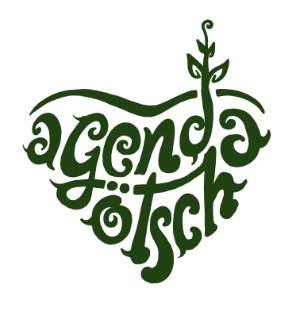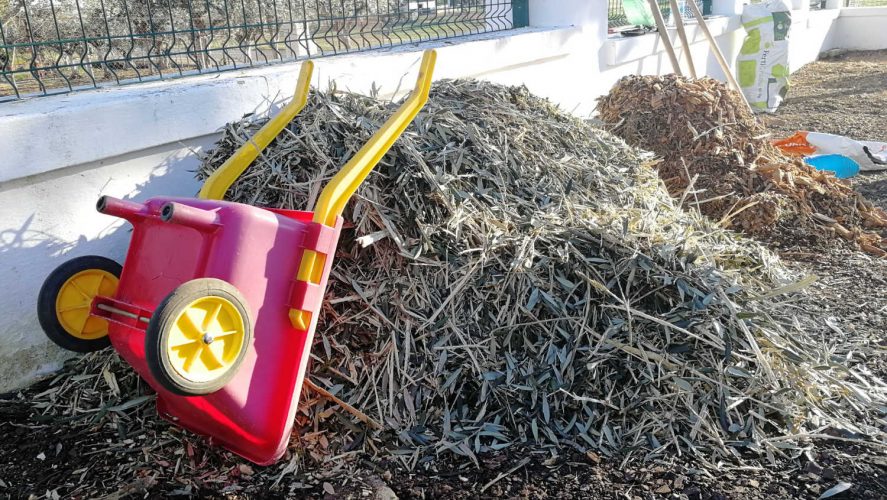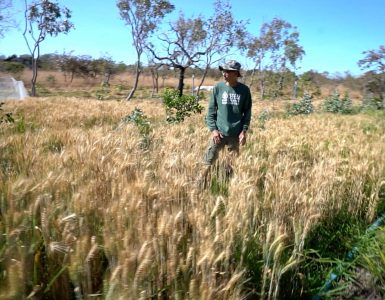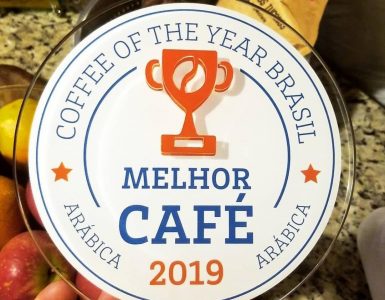You have already seen here our experience report on the implementation of syntropic school gardens. We also have shared the theoretical foundation behind this initiative and some reflections derived from the practice.
Soon after the first year of the project, we started to develop a material that gathers the description of all activities, pointing out the positive aspects as well as the challenges. The initial idea was that this collection would guide us next year, helping us to replicate things that went well, correct what went wrong, and inspire us always to take a step further. So, it is a guide under construction and made for internal use.
However, as there are other school garden initiatives starting from people who, inspired by our case, also decided to get their hands in the soil, we thought it would make a lot more sense if this material becomes public. That’s why we share here with you the first 10 activities we developed and tested in the syntropic school gardens.

Another important characteristic of this material is that it was never intended to be a definitive guide. Quite the contrary, it is like a record of real experiences and, therefore, can and should always be updated. In addition to sharing it publicly, we invite those who accepted the challenge of translating syntropic agriculture to children to contribute to this content. From now on, this is a work in progress and under collective construction!
Since Syntropic Farming is the technical and philosophical basis of our work, we will start this group with those who have attended to some of our workshops, so that we can start from the same premises according to which we read nature and its processes.

What unites us is the fact that we take responsibility for contributing to education in our communities. And in doing so, we came across so many outdated, misinformed (or malicious) pedagogical packages that we decided to produce our own references. They are based not only on ideas or plans of how to do it, but on actual experiences of how it was done. Therefore, it is a precondition for the contribution in our guide to perform your idea in the field. Only after that, we share it authentically and sincerely.
The pedagogical potential of school gardens is immense as informal learning environments. Manual and technical skills can be stimulated, but also emotional and social capacities that are indispensable for all of us.
Draw a food garden
In the first classes, before we started planting, we asked the children to draw a garden. We repeated the same activity at the end of the year, and the difference was quite representative. While at the beginning, the images were generic, abstract or depicted a monoculture pattern, the second time the garden had trees and a great diversity of species growing together. Their idea of how a garden should look like has been transformed by the experience.


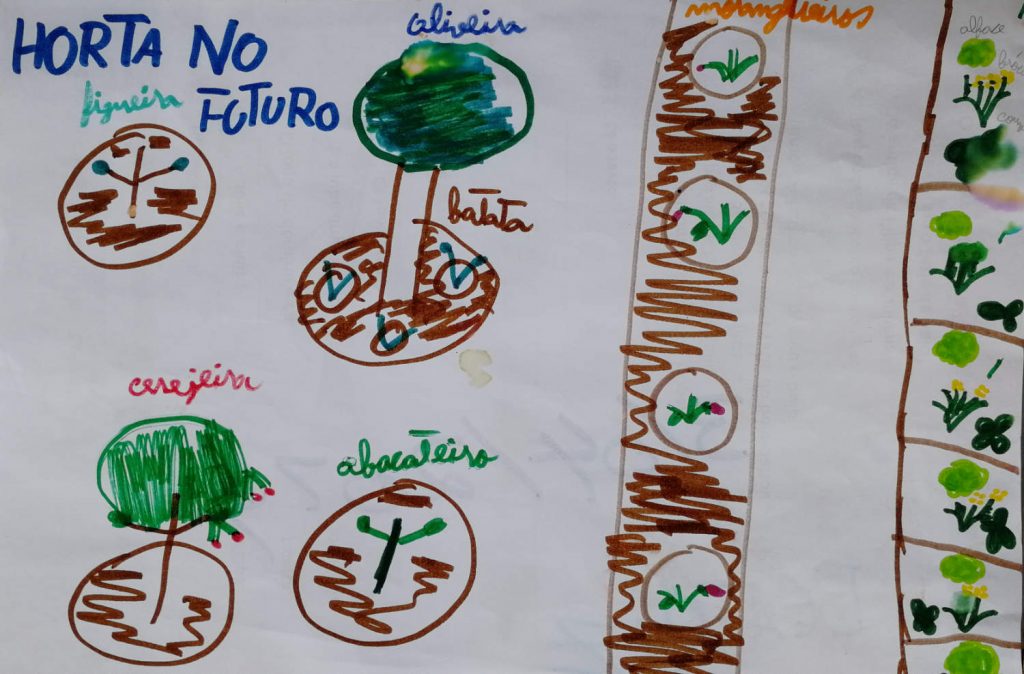

* For now, the guide is only available in Portuguese. Contributions to the translation of the content are very welcome!
